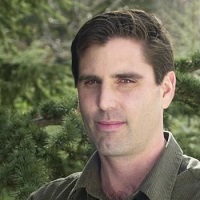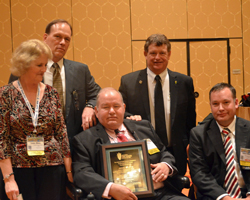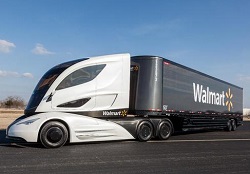 A high school chemistry teacher is honored, in part, for his work to teach his students about biodiesel. This article from The Grower says Gustavo Junco, an advanced-placement chemistry teacher at West Broward High School in Pembroke Pines in south Florida, taught his class how to power a go-kart with biodiesel made from corn and sunflower seed oil and picked up the 2014 Excellence in Teaching about Agriculture Award.
A high school chemistry teacher is honored, in part, for his work to teach his students about biodiesel. This article from The Grower says Gustavo Junco, an advanced-placement chemistry teacher at West Broward High School in Pembroke Pines in south Florida, taught his class how to power a go-kart with biodiesel made from corn and sunflower seed oil and picked up the 2014 Excellence in Teaching about Agriculture Award.
The award is sponsored by the Florida Agriculture in the Classroom, a Gaineville-based non-profit group that promotes agricultural education to students ranging from kingergarten to high school.
Junco has been teaching agro-eco0logy and advanced-placement chemistry to 10th, 11th and 12th graders at West Broward High for 10 years.
His chemistry students grow sunflowers in the school garden, then extract oil from the seeds that is then converted to biodiesel.
In addition, Junco’s honors chemistry class is turning sugarcane juice into cellulosic ethanol.
He’ll join three other Florida teachers going to the 2014 National Agriculture in the Classroom conference this summer in Hershey, Pa.











